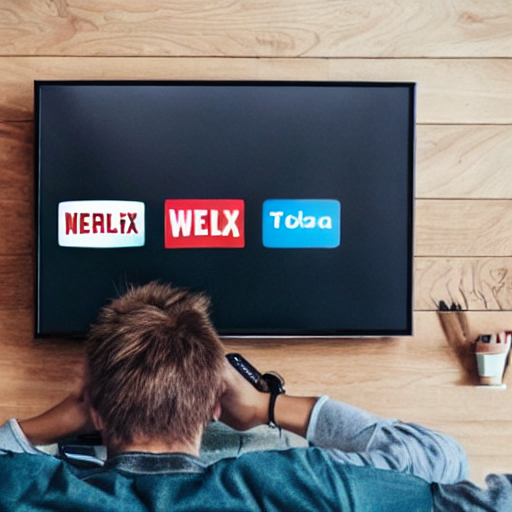

Connected TV (CTV) advertising is rapidly transforming the digital landscape. As more and more consumers shift their viewing habits to streaming services like YouTube TV, Hulu, Roku, and others, brands are recognizing the immense opportunity to reach audiences directly on their smart TVs and streaming devices. Google’s advertising solutions within this space are particularly powerful, offering a diverse range of formats and targeting options. This comprehensive guide delves into the intricacies of CTV advertising through Google Ads, exploring the various ad formats, best practices, and strategies for maximizing your return on investment (ROI).
Connected TV refers to devices that allow users to stream video content over the internet. These devices include smart TVs, streaming sticks (like Roku and Amazon Fire TV), game consoles (PlayStation, Xbox), and set-top boxes. Unlike traditional television advertising, which relies on broadcast signals, CTV advertising delivers ads directly to users’ screens based on their viewing habits and preferences. The shift to CTV is driven by several factors: increased adoption of streaming services, a growing preference for on-demand content, and the desire for more targeted advertising experiences. Consumers are spending more time engaging with content on these devices, making them a valuable target for brands.
Google’s CTV advertising solutions are built around its robust advertising ecosystem, leveraging data from YouTube and Google’s broader network. The core of Google’s CTV strategy revolves around two primary formats: YouTube CTV Ads and Google Audio & Video Ads. Let’s break down each:
YouTube CTV Ads represent the largest segment of Google’s CTV advertising offerings. These ads appear seamlessly within YouTube’s video content, both during standard YouTube videos and within YouTube TV channels. Google offers several ad formats within YouTube CTV Ads:
Google’s targeting capabilities within YouTube CTV Ads are incredibly granular. You can target based on demographics (age, gender, location), interests (based on viewing history and YouTube subscriptions), and even custom audiences (e.g., people who have visited your website).
Google Audio & Video Ads are a broader category of ads that can run across YouTube and other audio and video platforms. These ads often utilize a ‘dynamic creative’ approach, automatically adapting to the user’s context and preferences. This means the ad creative (video, audio, text) can change based on the user’s device, location, and browsing history. This is particularly effective on CTV, where users are often multitasking and engaging with multiple apps and services.
Let’s examine some specific ad formats and when they’re most effective:
To maximize your success with CTV advertising on Google, consider these best practices:
Measuring the effectiveness of your CTV campaigns is crucial. Google provides a range of metrics to track your performance:
Connected TV advertising represents a significant opportunity for brands to reach a highly engaged audience. Google’s CTV advertising solutions offer a powerful and versatile platform, with a range of ad formats and targeting options. By understanding the nuances of CTV advertising and implementing best practices, you can create effective campaigns that drive brand awareness, generate leads, and ultimately, boost your bottom line. Continuous monitoring, data analysis, and adaptation are key to success in this rapidly evolving landscape.
This document provides a general overview of CTV advertising on Google. For more detailed information, please refer to Google’s official advertising resources: https://support.google.com/googleads/answer/9138882
Disclaimer: This information is for general guidance only and does not constitute professional advice. Consult with a Google Ads specialist for tailored recommendations.
Keywords: CTV advertising, Google Ads, Connected TV, Video Advertising, Digital Advertising, YouTube Advertising, Dynamic Creative, Viewability, CPM, CPV
Copyright 2023 [Your Name/Company Name]
This document is intended for informational purposes only and does not constitute a warranty of any kind, either express or implied.
Tags: Connected TV, CTV Advertising, Google Ads, Streaming Ads, YouTube TV, Hulu Ads, Roku Ads, Smart TV Advertising, Video Advertising, Digital Advertising, OTT Advertising, Advertising ROI
[…] monitor, test, and refine your targeting to maximize your return on investment. The more you understand your target audience, the more effectively you can reach them with relevant messaging and drive […]
[…] Specify the audience you want to reach (e.g., demographics, interests, […]